
Amputations involve the loss of all or part of an extremity. Extremities include the arms, legs, hands, feet, fingers, and toes.
There are approximately 2 million individuals nationwide who are living with an amputation. The primary reason for amputations is a vascular disease (54%); trauma (45%) and cancer (less than 2%).
Vascular disease includes conditions such as diabetes and peripheral arterial disease. These conditions compromise the circulation of an extremity leading to tissue death and/or infection.
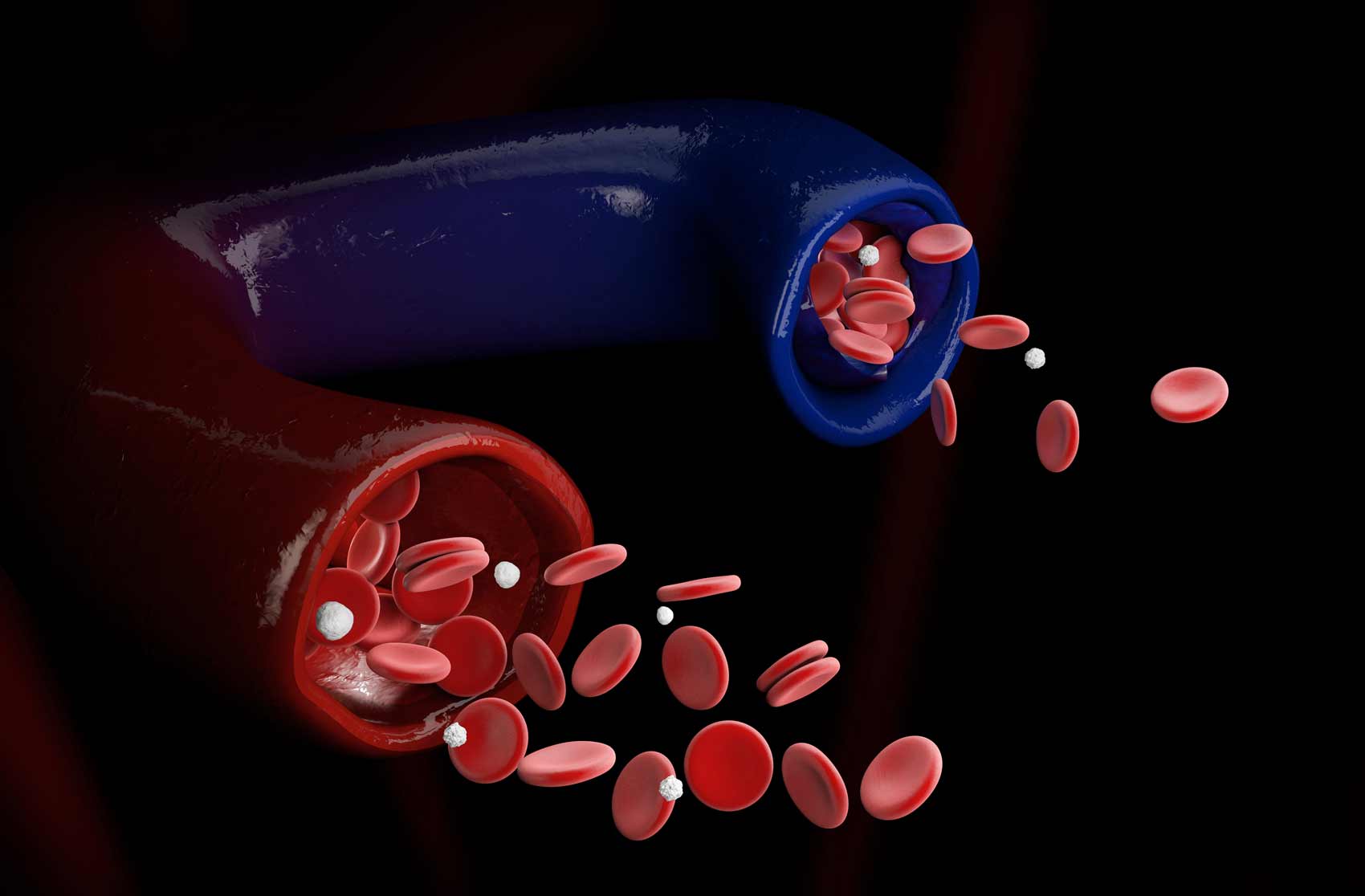
Traumatic causes may include injuries from a motor vehicle collision, workplace injuries, saw blade accidents, burns, or frostbite to name a few.
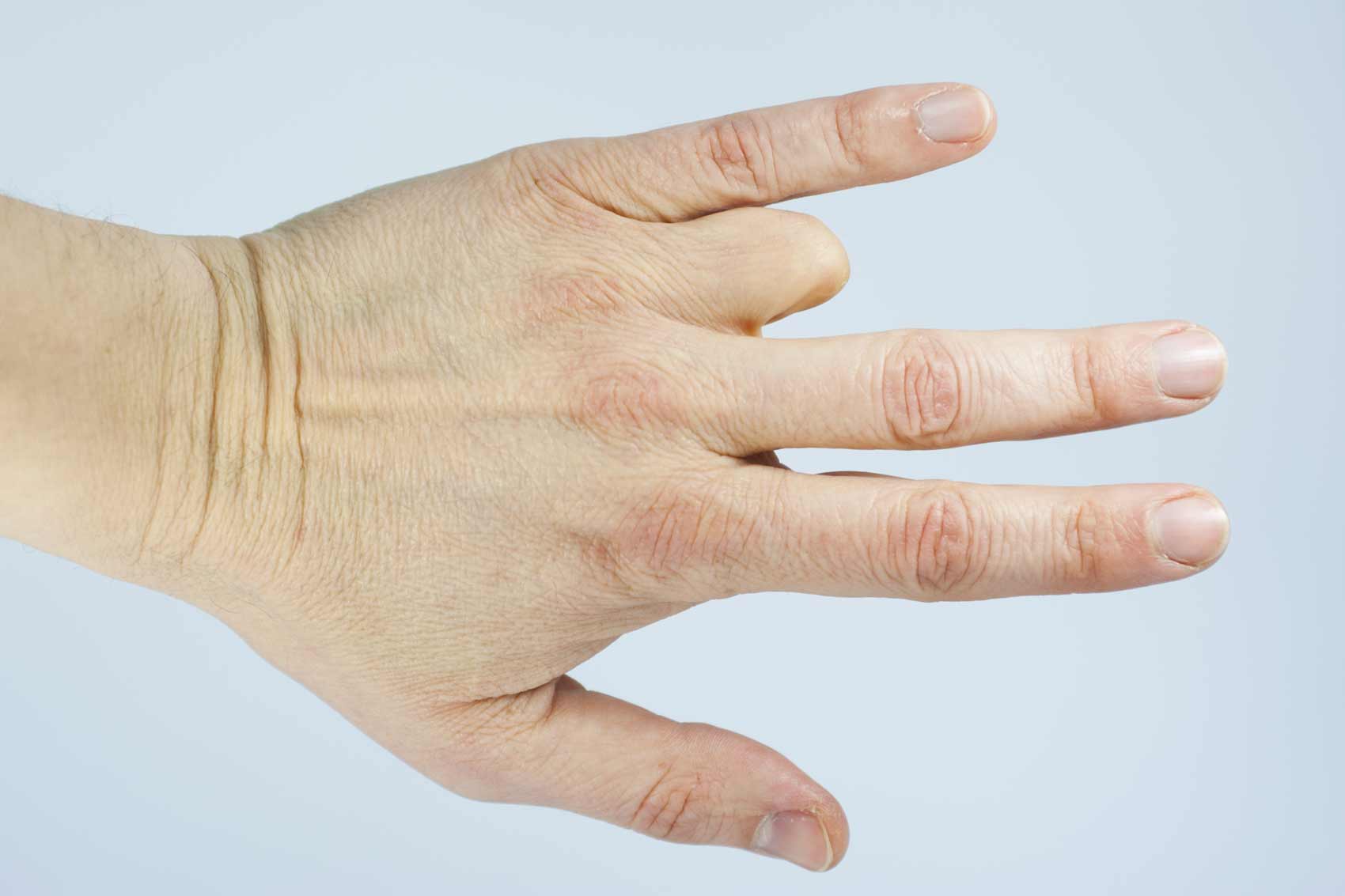
Each year, there are approximately 185,000 amputation procedures performed.
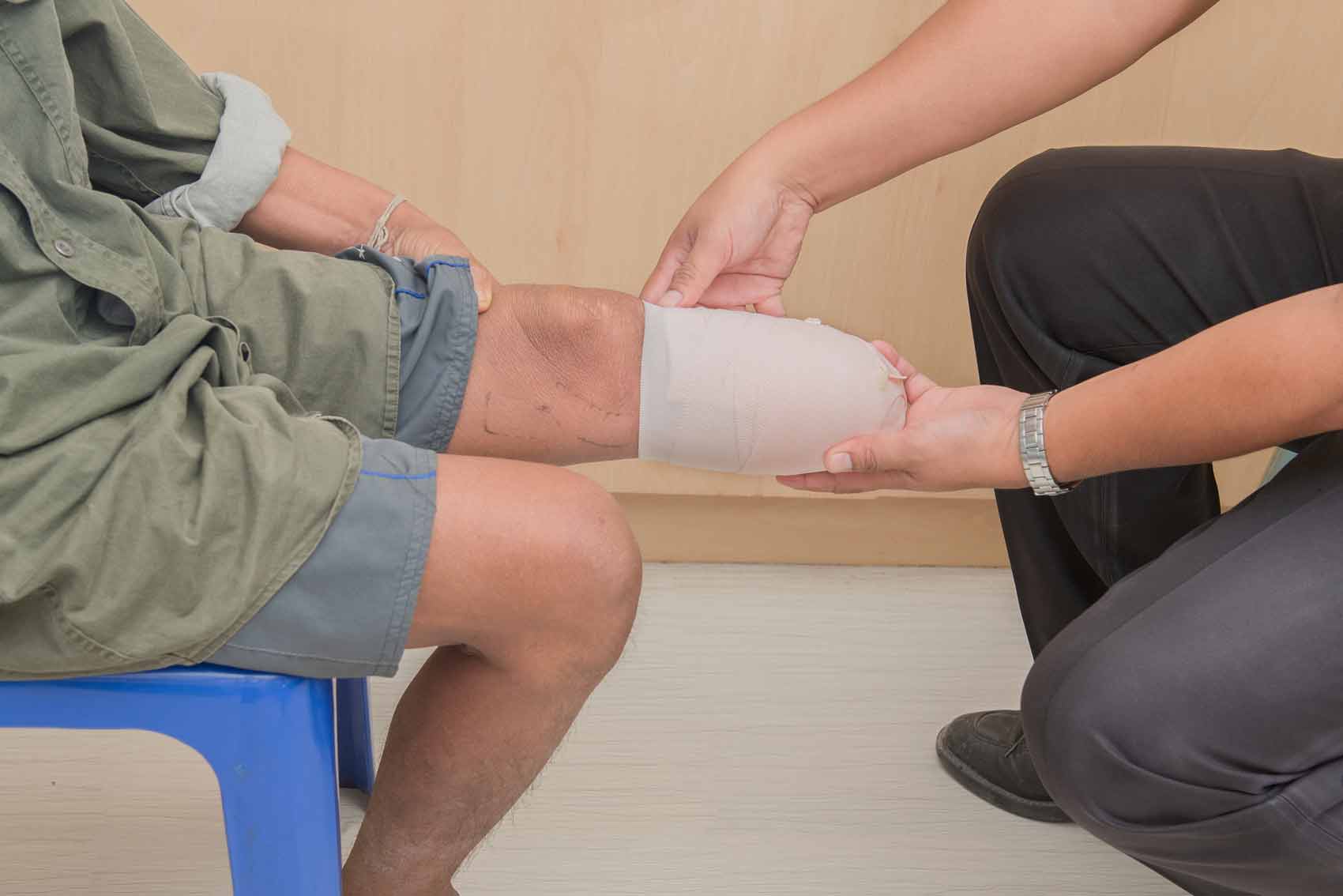
The below-knee amputation is the most common amputation procedure.
It is also identified as a BKA corresponding to the initial letters of the procedure, and may also be recognized anatomically as a transtibial amputation because the amputation occurs in that section of the bone called the tibia-or shin bone.
The goal of any amputation procedure is to preserve as much tissue as possible while also ensuring the viability of the remaining limb. Accordingly, in cases of amputation due to vascular disease, patients will undergo tests and imaging studies to identify where circulation is sufficient. Adequate circulation is required to allow wound healing and provide coverage at the end of the limb to allow a prosthetic, or other assistive devices, if necessary.
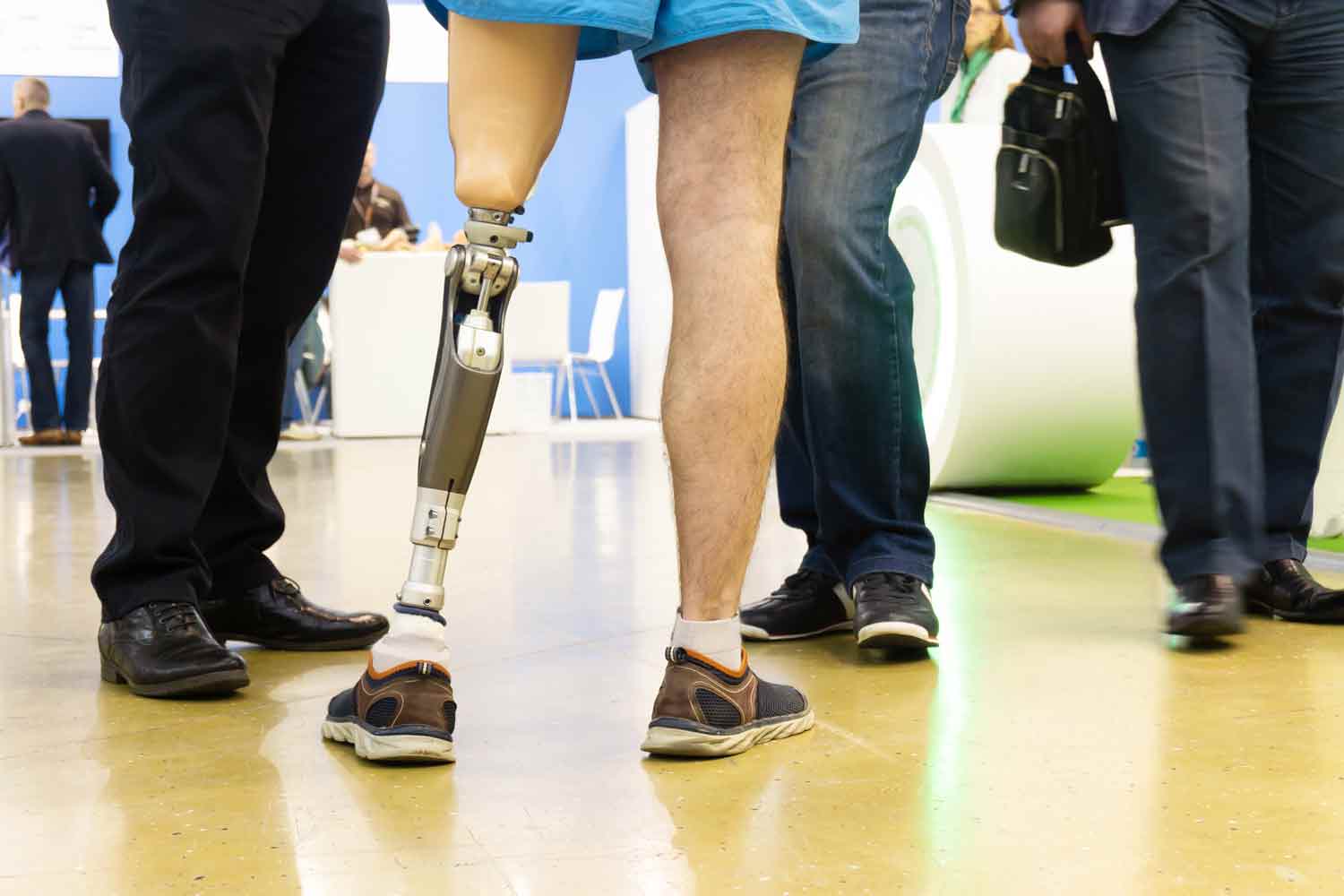
In cases of traumatic amputation, the level of amputation is determined by the location of residual functional tissue, and the ability to provide coverage and padding to the amputated limb.
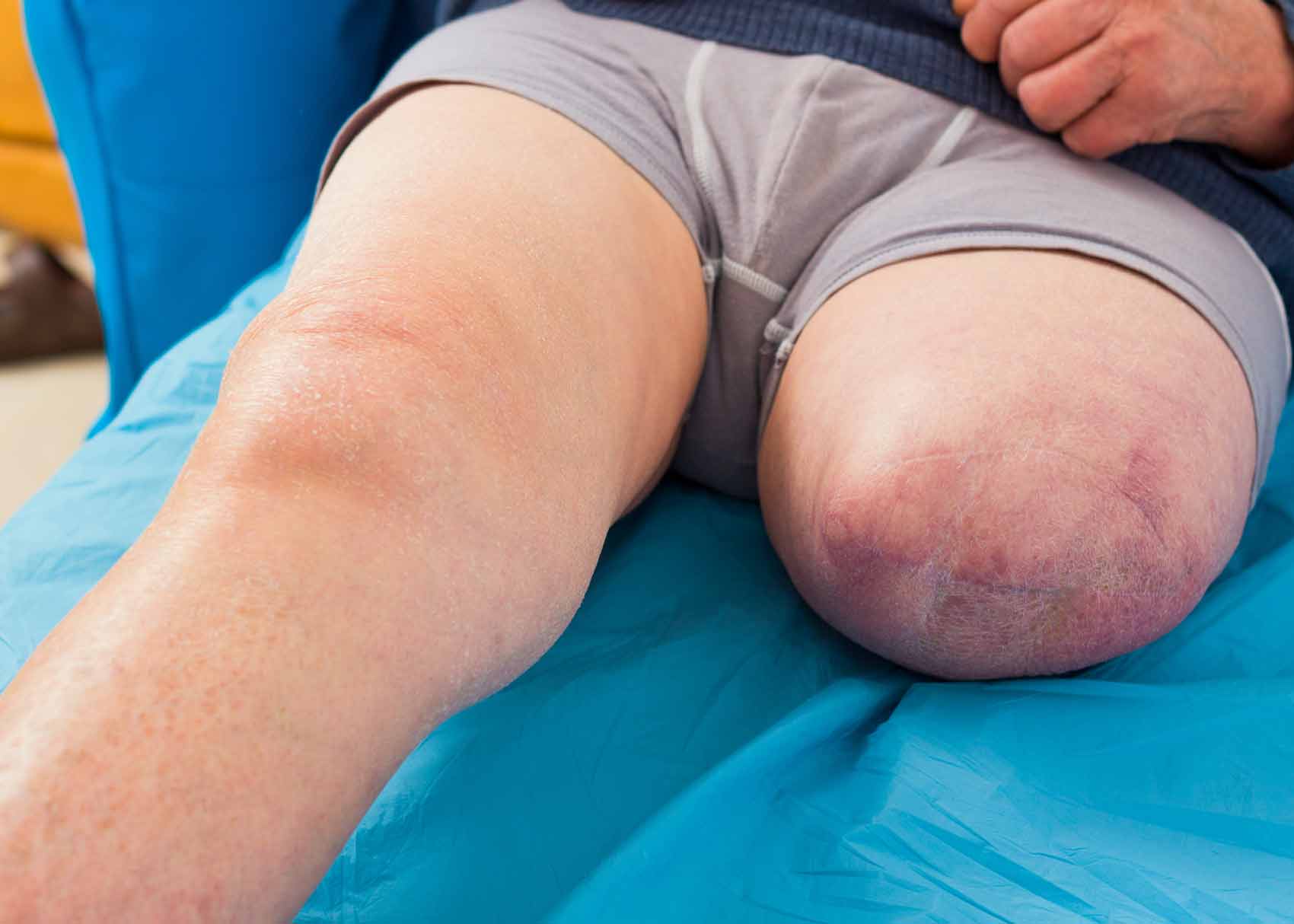
In cases of amputation for cancer, the elimination of the tumor is paramount.
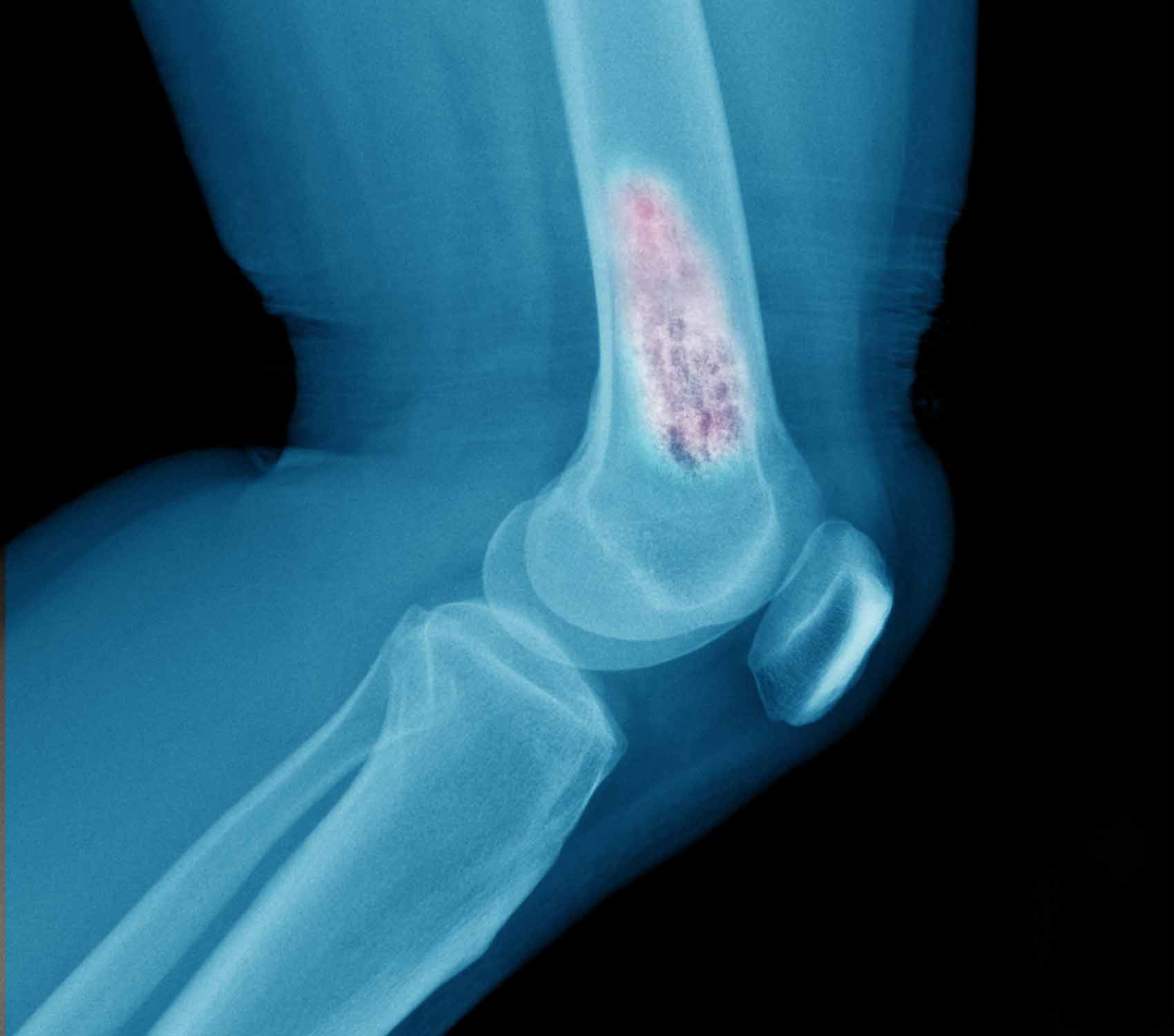
One complication that some amputees experience is a phenomenon called “phantom limb syndrome”. Phantom limb syndrome refers to a perception of sensations in the area where the limb was amputated. This can include feelings of pain, burning, “pins and needles”, or an electric shock sensation. The cause of this syndrome is not entirely understood, but many believe that it is related to signals being sent to the nerve of the amputated limb that gets interpreted as coming from the phantom limb. There is no cure for this syndrome, and sometimes it may go away on its own. If it persists, there are medications that can give some relief.
Overall, the consequences of amputation are far-reaching and can impact multiple levels of an amputee’s life. This includes mobility, activities of daily living, and self-image. Important to any rehabilitation program is a multidisciplinary team and support system to maximize ultimate function overall quality of life.

Dr. John, Esq. is both an attorney and a physician. Before obtaining his law degree, Dr. John Naranja practiced for approximately 12 years as an orthopedic surgeon.
